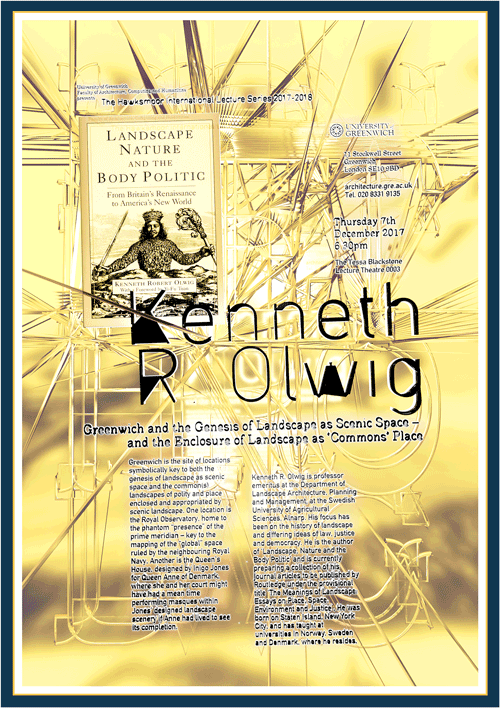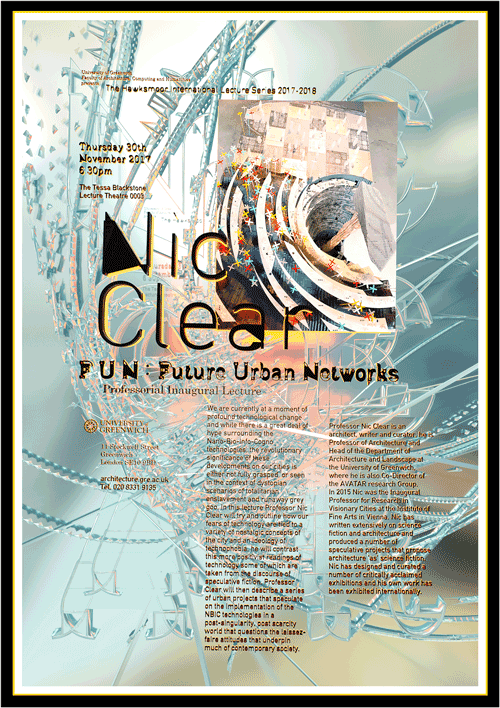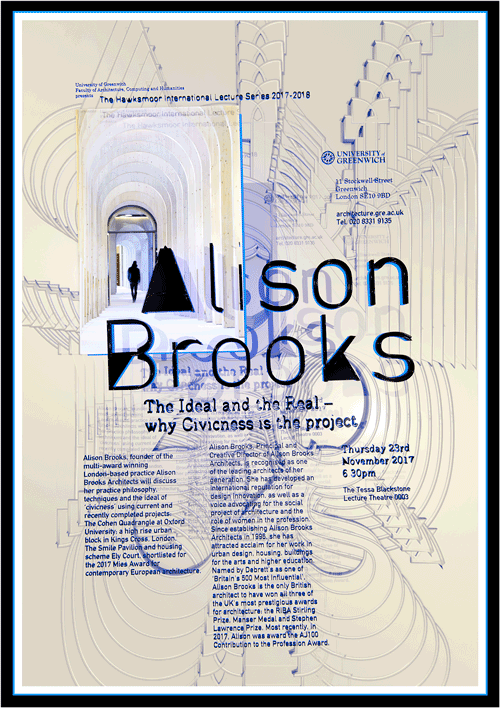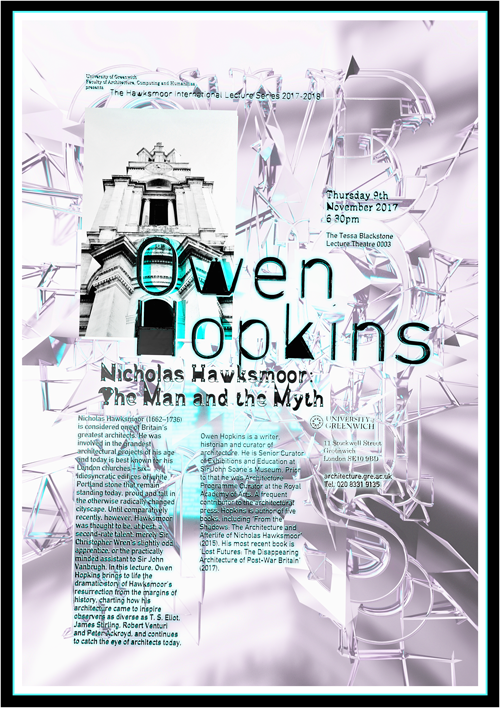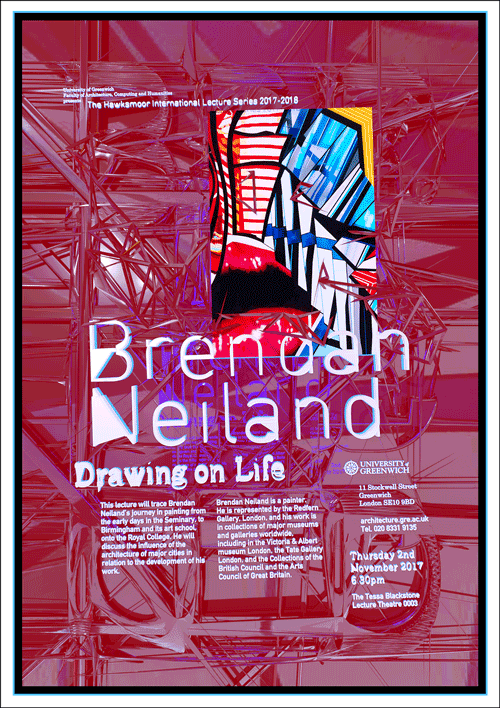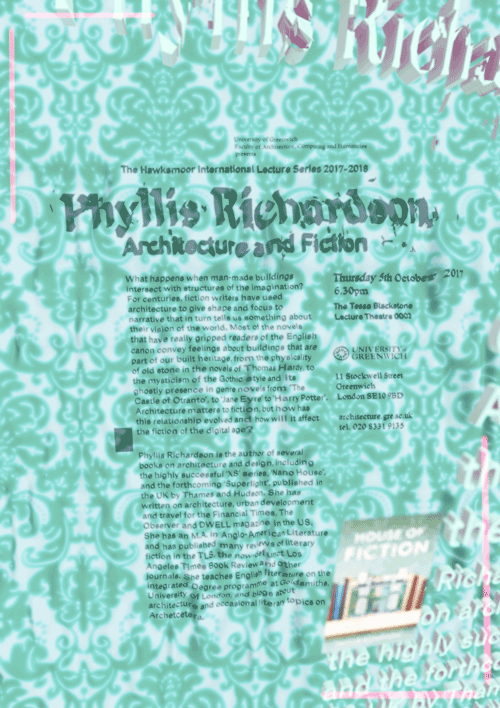- Thursday 25th January 2018, 6.30pm
- Tessa Blackstone Lecture Theatre [11_0003]

‘Assemblies: Drawn Cosmologies’ will tease out representational and spatial capacities of the architectural drawing. Saddling up Wallace Stevens’ seminal poem ’13 Ways of Looking at a Blackbird’ the talk will expose hunches, wild assertions and project images as partial evidence. Equally, behind-the-scenes techniques to build a discipline for design will be foregrounded—these deployed in search of cultural gravity through design that crawls up the sleeves of the discipline, challenging what’s expected, normalized and frequently flattened. These techniques include: conjuring pithy terms; language folds; exercising fast twitch design muscles; analogic thinking; and making work that navigates varied ideas—all mobilized toward prompting the cultural imagination.
Perry Kulper is an architect and Associate Professor of Architecture at the University of Michigan. In a prior life he was a SCI-Arc faculty member for 17 years and held visiting teaching positions at Penn and ASU. After graduate studies at Columbia University he worked in the offices of Eisenman/Robertson, Robert A.M. Stern and Venturi, Rauch and Scott Brown before moving to Los Angeles. His primary interests include: the generative potential of architectural drawing; the different spatial opportunities offered by using diverse design methods in design practices; and in broadening the conceptual range by which architecture contributes to our cultural imagination. In 2013 he published Pamphlet Architecture 34, ‘Fathoming the Unfathomable: Archival Ghosts and Paradoxical Shadows’ with friend and collaborator Nat Chard. Recently he has ventured into the digital world, attempting to get a handle on ‘cut + paste’ operations in Photoshop. Fantastic beasts have also been on his mind.
